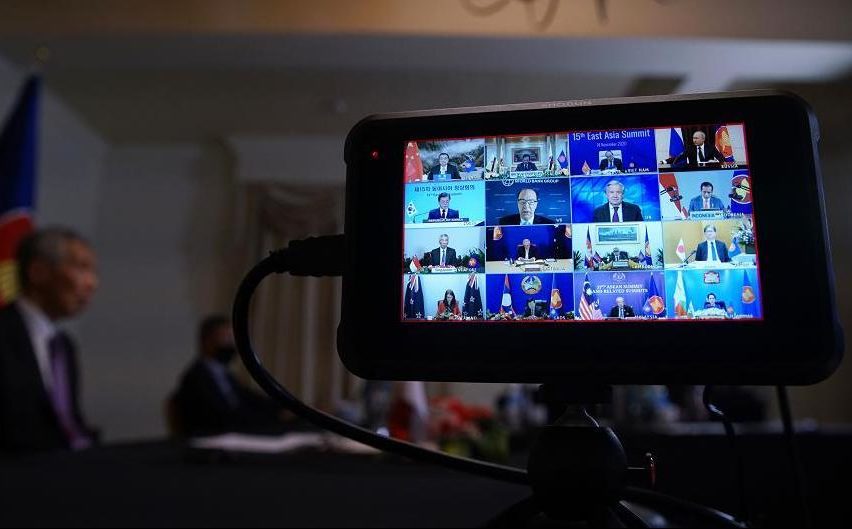India has a long history, and the legacy accumulated in history is also quite rich. Market and hawker culture are one of the wonderful flowers.
Don’t look down on Indian peddlers
According to the statistics of Indian authorities, there are about 10 million hawkers in India, and major cities are places where hawkers are concentrated.
According to statistics, there are as many as 350,000 street vendors in New Delhi, a super city with a population of 10 million. In India, where the rich and the poor are highly divided, poverty has pushed a large number of people from rural areas to major cities in India, and low start-up costs and low cultural requirements are almost natural to become the first career choice for these urbanized people.
Don’t underestimate Indian hawkers. Retail supports most of Indian business, and many large international supermarkets such as Wal-Mart and Carrefour are hard to find in India.
India’s hawkers also have their own organization called the “National Street Hawker Federation of India”, which also sued the Delhi Municipal Government, which tried to evict hawkers in order to hold the Commonwealth Games, and finally won the lawsuit, promoting the introduction of the Indian Street Hawker Bill. So don’t look down on Indian hawkers.
Although their literacy level is not high, they are also regarded as “at the orders” stalls.
Near the embassy district of New Delhi, there is a Salajini market, which people like to call it a “small market”. However, this market is not small at all. In fact, it is the largest market in the capital region. Some people say that there are more than 3,000 small vendors here.
But when you still can’t find an exit for the first half of the day of the tortuous market, you seriously suspect that the number of 3,000 is too conservative, and many unlicensed stalls should not be included. The author has witnessed many hawkers fleeing with their goods before the arrival of the “urban management” team with sticks.
Many peddlers have the potential to be an artist.
Many vendors in India have the potential of artists because their booth layout and merchandise placement are very artistic.
Even in small stalls selling fruits and vegetables, vendors will arrange goods of different colors in a neat way, and pay great attention to color matching, which makes people happy and have the desire to buy from afar. Red tomatoes, purple onions, green peppers…
Whether round or slender, they are neatly placed high, fully demonstrating the color and body beauty. Not to mention the colorful stalls selling sarees or scarves and sheets, these stalls are decorated with gorgeous decorations.
The cut cake patterns in the huge disk in the Muslim settlement are rich and bright, and it is like a newly decorated floor painting.
There are also food snack stands, brightly colored fried Zalebi, saffron and basil leaves decorated with radu balls, fan-shaped spread Samusa…
take turns to “seduce” diners.
A variety of markets
In India’s big cities, hawkers can be seen everywhere, and there are various special markets. It can be said that only you can’t imagine, and there is nothing that India can’t do. In the Old Delhi Moonlight Old Street, there is a famous spice market.
Several streets are full of spices piled with sacks, sacks or pots of spices. The air is so strong that after leaving the market for hours, the nose still seems to have spices.
The Malek Flower Market under the Howrah Bridge in Kolkata is also well-known, and many tourists come to the bridge in the morning to shoot the sea of flowers. It is full of golden and orange, and it is said to be the largest marigold distribution center in India.
Starting from 3 a.m. every day, more than 2,000 vendors come here with their flowers, starting the noise and bustle of the day, and the whole market has become a sea of flowers.
Although the name of the Zaphli Grand Bazaar in Mumbai is ordinary, it is the oldest and largest gold market in India. There are thousands of small shops here, and the gold transaction volume can reach half of India’s whole country! There is also a bracelet market near Mumbai’s Mabadvi Temple.
The slogan here is: No matter what clothes you wear or bring, you can find the right bracelets and accessories for you.
Markets and hawkers can be said to have become a window for the world to observe and understand India, where you can experience the precipitation of thousands of years of Indian culture and observe the process of modern urbanization in India.



